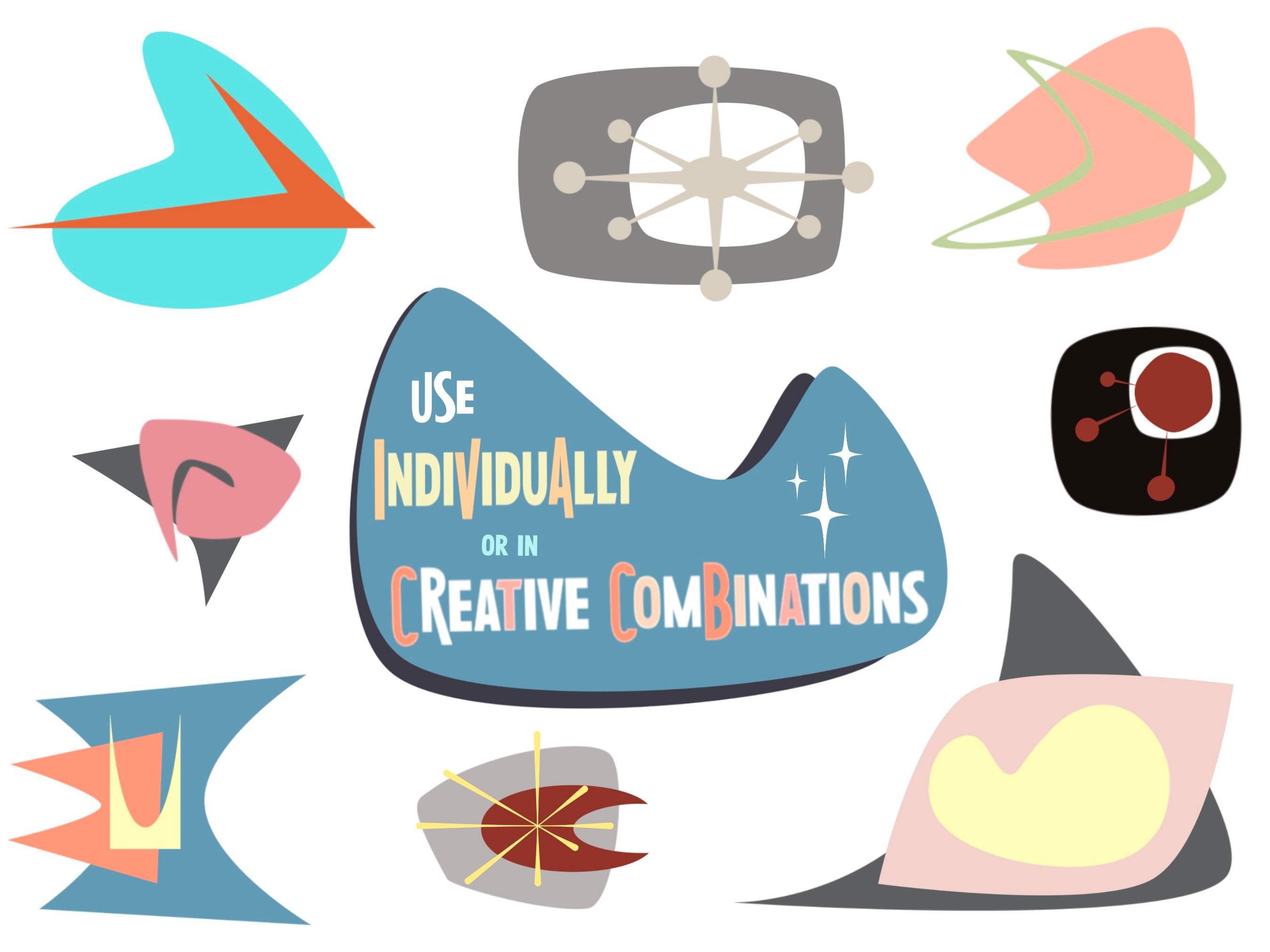Table Of Content

Some pieces, artworks, and spaces can look very different from others. What unifies the mid-century modern designs is the shared optimism. Arne Jacobsen was a Danish designer and architect, known for his notable contribution to architectural functionalism. He was the first architect to introduce modern architecture in Denmark and further developed it through his versatility and visual art.
Modernist Lounge Chair
Midcentury modern can be considered a subset of modern design, defined as the style that became popular in the early 1900s. However, when compared to the traditional definitions of modern design, midcentury modern design tends to be unashamedly retro and often makes use of bright accent color to emphasize this point. Modern design, by contrast, typically has a more understated, utilitarian, industrial look. Unlike frillier pieces or those with ornate detailing, midcentury modern furniture is much more straightforward. He was among the first to abandon the stiff geometric designs popular in the earlier stage of mid-century modernism.
MCM house living room
Until the very end, he proved his unwavering passion for his craft. The husband and wife embodied the innovation, energy, and optimism that define mid-century modern design. They believed that design should be a positive force, providing consumers with stylish, practical, and affordable pieces. As his work focuses on aesthetic minimalist, the museum is a modern display of stripped details, plain white walls, frameless glass, and absence of joints.

Exeter Round Glass Top Table
Designers usually go for dark wood to achieve a warm and vintage essence. Tapered legs refer to the gradual thinning as legs reach closer to the ground. The rounded tapered legs of MCM furniture create an elegant yet strong foundation that can support its surface top. Vaulted ceilings with wooden beams were common in mid-century homes of the 60s. An open layout creates mobility and spaciousness around the house.
Eichler Wood Paneling
So, in the mid-century, architects wanted to try something unique, something that is never done before. These professionals wanted to bring about a positive change in the society and therefore they thought of achieving their aim through out-of-the-world designs and constructions. The biggest reason behind the hefty price tag that comes attached to a lot of mid-century modern pieces is down to the high-quality materials used, as well as their ergonomics. Gone are the days of trinkets and clutter, only to be replaced by objects that feature strong, organic shapes, mute materials, and minimal decor. Mid-century inspired remakes are just as aesthetically pleasing, with various retailers and designers (some of whom work on paid commissions) embodying this style today, the biggest difference?
The clean lines and simple forms adopted by the MCM design movement are a telltale feature of this international style. Mid-century modern decor or MCM was created in response to a post-World War II world. Highly intricate furnishings were replaced by bold, simple, practical wooden designs, crafted from the likes of teak.
What Is Midcentury Modern Style?
One of the most notable works of Saarinen was his independent work “General Motors Technical Center” in Warren, Mich. Mies’ admiration of glass can also be seen in his “glass box” which he constructed in the Fox River, West of Chicago. Mies was a preacher of minimalist designs and it was he who originated the term “less is more” – a term that is widely used even today, despite knowing its origin.
Here Are Famous Mid Century Modern Designers You Need To Know
When injecting MCM design into your home, it is important not to forget function! Your home isn’t a museum, it is there to be lived in and every piece placed in the house should serve a purpose. Every room in the home and every piece of furniture serves a purpose. This is one of the reasons this trend works extremely well in open-plan spaces. It’s a trend that has been thought out and meticulously planned. In recent years, new materials including foam, fiberglass, plywood, plastic laminates, and aluminum have been introduced to the mix.
Definitive Guide to Mid-Century Modern Interior Design Style
The MCM design aesthetic is modern in style and construction, aligned with the Modernist movement of the period. It is typically characterized by clean, simple lines and honest use of materials, and generally does not include decorative embellishments. After serving his military term, Baughman returned to California to study product & architectural design at the ArtCenter College of Design.
On top of his epic furniture creations, he constructed several key buildings in a total of 14 countries. Throughout his lengthy career, he crafted numerous products and furnishings, ranging from lamps to cabinets, to coffee makers, chairs, ceramics, and more. This husband and wife duo was the personification of energy, inventiveness, and optimism, and was at the center of American mid-century modern decor. These spaces are adorned with furniture that is not only sleek but practical. They often feature lower ceilings and ample-sized windows (that embrace the sides and back of the building’s structure).
Tapered legs keep spaces beneath the bed open and clear, which helps smaller bedrooms appear much more spacious. Homeowners also gain brighter spaces as natural sunlight permeates through the glass dividers. When adding accessories, remember to prioritize functionality over form. The kitchen is the heart of your home, where you whip up delicious meals for your family. Make it functional and practical, then spice it up by adding accents of MCM.
New AMD Patent Describes Potential Chiplet-Based GPU Design - ExtremeTech
New AMD Patent Describes Potential Chiplet-Based GPU Design.
Posted: Mon, 11 Dec 2023 08:00:00 GMT [source]
Approachable, elegant designs and clean shapes are some ways to describe mid-century modern furniture designer, Milo Baughmans’, pieces. His collaboration with various companies created what we know today as California Modern during the mid 20th Century. Midcentury modern living rooms look as current today as they did a century ago. Numerous interior designers, furniture makers, and architects still embrace this ethos today. Mid-century modern style, celebrated for its incorporation of organic forms with clean, streamlined edges, infuses traditional items with fresh energy.
"Midcentury modern design evolved in response to a post-World War II environment," designer Liza Kuhn explains. "Designers and architects were eager to develop new ideas that married the mass production and technology invented during the first half of the 20th century with a more optimistic outlook for the future." Inspired by the German Bauhaus school of design, Knoll championed the modernist union of architecture, art, and practicality in her furniture and interiors, particularly (but not solely) for workplaces.
Some would go as far as to say he was one of the most iconic figures of the 20th-century in terms of Italian modernism. Alto boasts an immense sensitivity when it comes to both organic materials and forms, and this plays out in his furnishings and buildings. This Finnish designer and architect is celebrated for making Scandinavian modernism popular in the United States of America and further afield. Many designers now produce replicates of this style, however, the original pieces are still extremely prevalent, with many paying thousands for them.
His fame reached new heights when he impressed everybody with the construction of Gropius House, renowned for using a combination of traditional elements like wood and brick and new materials like glass and block. While he studied classical architecture and was mainly interested in classical designs, he was never afraid of learning and exploring other cultures. Throughout his career as an architect, Le Corbusier mixed heritage and modernity. One of the most famous Finnish architect and designer in the world, Alvar Aalto got his Diploma of Architecture at the Helsinki Institute of Technology and then his career was ready to take flight.

No comments:
Post a Comment